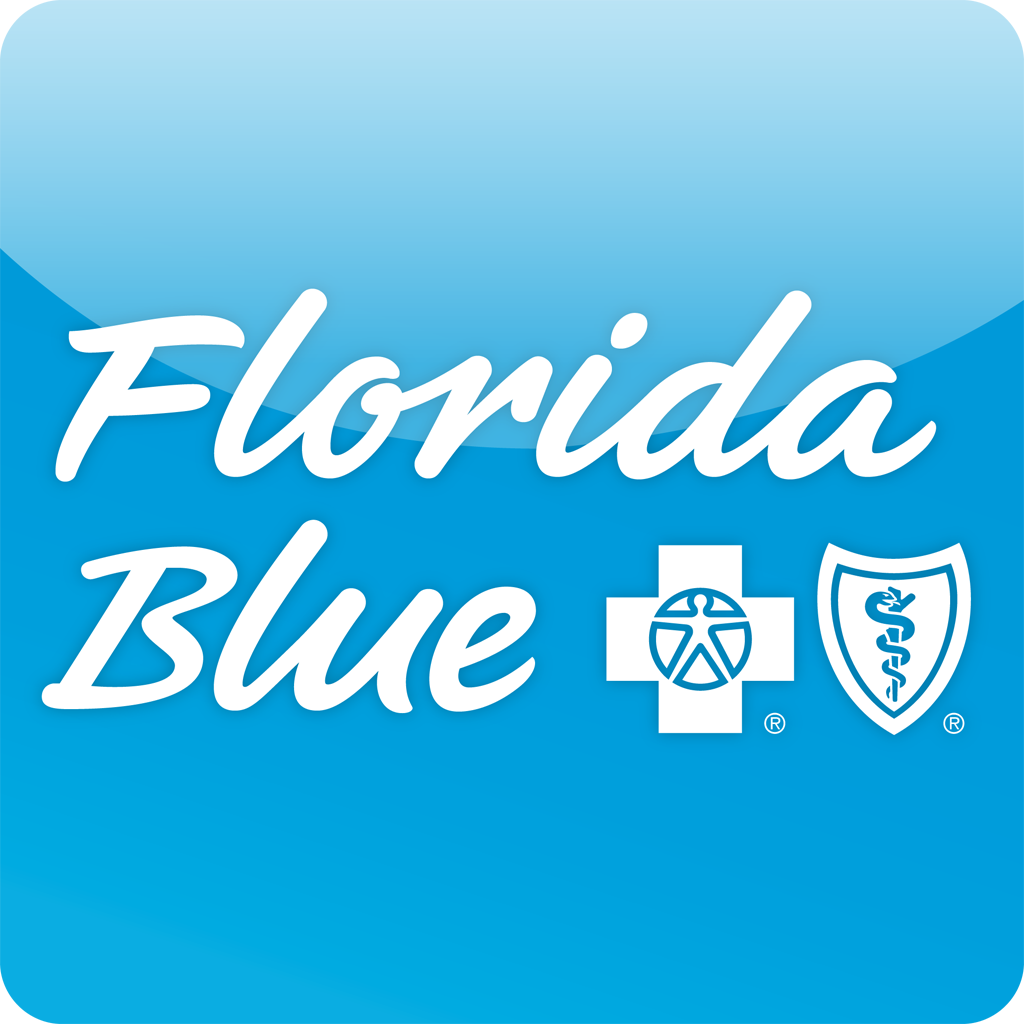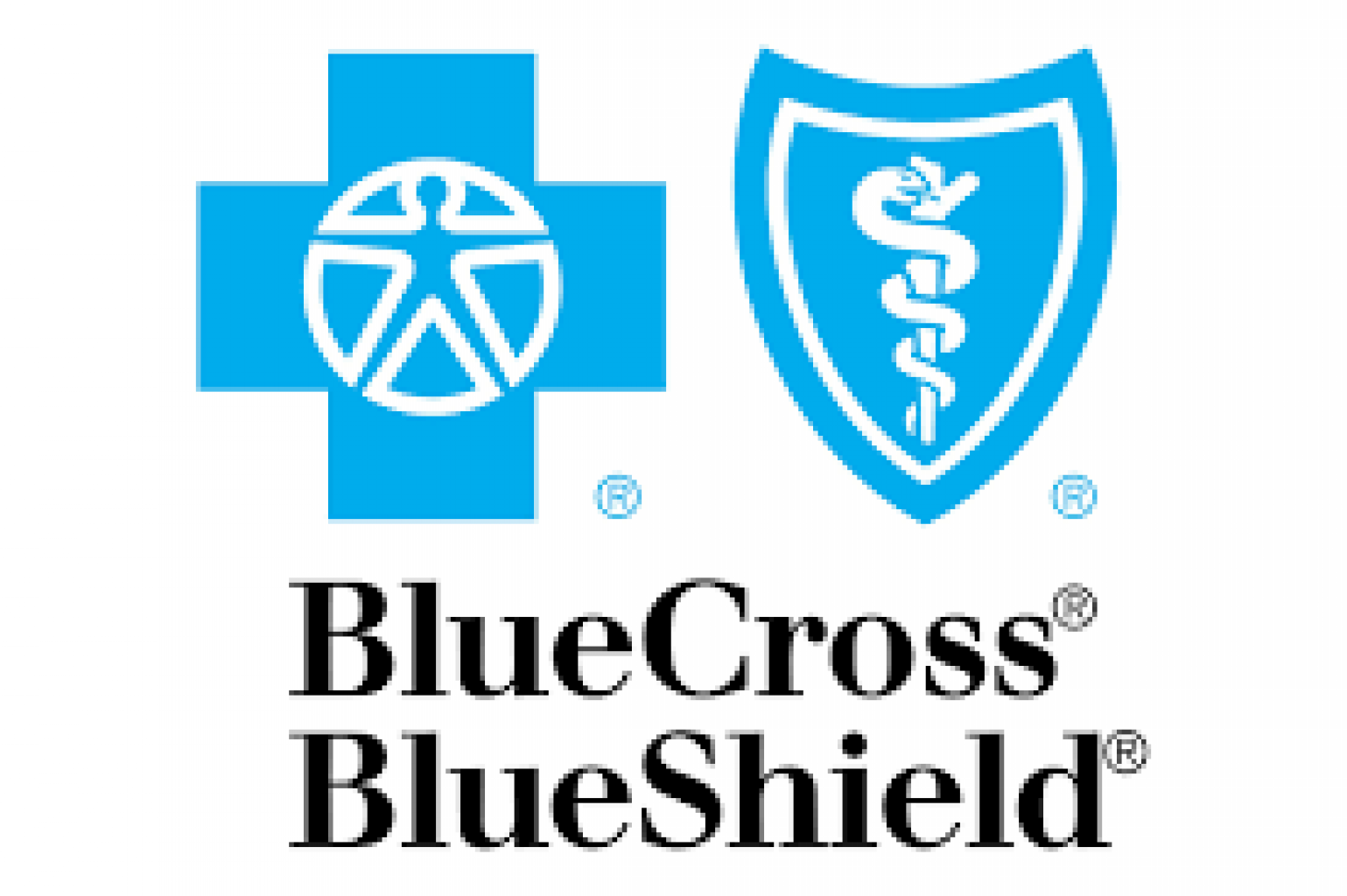

Also beginning in 2023, drug manufacturers will be required to pay rebates for drug prices that rise faster than the rate of inflation, which could impact costs for Part D enrollees.

Beginning in 2023, under a provision in the Inflation Reduction Act, Part D enrollees will pay no more than $35 per month for covered insulin products in all Part D plans, and will pay no cost sharing for adult vaccines covered under Part D.Most Part D PDP enrollees who remain in their current plan for 2023 will be in a plan with the standard (maximum) $505 deductible. Close to half of all PDP enrollees will also face coinsurance, rather than copays, for preferred brands, ranging from 15% to 25% coinsurance can mean less predictable out-of-pocket costs than copayments. Most PDP enrollees will face much higher cost sharing for brands than for generic drugs, including coinsurance for non-preferred drugs between 40% and 50% (the maximum coinsurance rate allowed for the non-preferred drug tier) in 12 of the 16 national PDPs, similar to recent years.Among the national PDPs, average monthly premiums are increasing for 12 PDPs, including 4 PDPs with increases exceeding $10. Average monthly premiums for the 16 national PDPs are projected to range from $6 to $111 in 2023.The estimated average monthly premium for Medicare Part D stand-alone drug plans is projected to be $43 in 2023, based on current enrollment, a 10% increase from $39 in 2022 – a rate of increase that outpaces both the current annual inflation rate and the Social Security cost-of-living adjustment for 2023.Of this total, 191 PDPs will be premium-free for enrollees receiving the Low-Income Subsidy (LIS) (benchmark plans). A total of 801 PDPs will be offered in 2023 nationwide, a modest increase from 2022.The average Medicare beneficiary has a choice of nearly 60 Medicare plans with Part D drug coverage in 2022, including 24 Medicare stand-alone drug plans and 35 Medicare Advantage drug plans.Unless otherwise noted, weighted estimates are based on June 2022 enrollment (see Methods box for additional details). ( A separate overview of the 2023 Medicare Advantage market is also available.) The brief also describes the provisions in the Inflation Reduction Act of 2022 that affect the Medicare Part D marketplace beginning in 2023. This issue brief provides an overview of the Medicare Part D marketplace in 2023 and key trends over time, focusing primarily on PDPs.


In 2022, 49 million of the 65 million people covered by Medicare are enrolled in Part D plans, with more than half (53%) enrolled in MA-PDs and 47% in PDPs. During the Medicare open enrollment period from October 15 to December 7 each year, beneficiaries can enroll in a plan that provides Part D prescription drug coverage, either a stand-alone prescription drug plan (PDP) for people in traditional Medicare, or a Medicare Advantage plan that covers all Medicare benefits, including prescription drugs (MA-PD).


 0 kommentar(er)
0 kommentar(er)
